Creo que la mayoría de las personas en Latinoamérica seguramente habrán escuchado alguna vez algo acerca de las Islas Canarias. Para mí, hasta no hace mucho, estas islas eran en mi mente una especie de sitio lejano en el mapamundi al cual probablemente nunca llegaría a conocer. Sin embargo, ahora vivo aquí, en una de sus islas, luego de haber vivido en Venezuela toda mi vida. Estas islas se relacionan mucho con nuestros países, probablemente hasta mucho más que la España penínsular.
I think most people in Latin America have probably heard something about the Canary Islands. For me, until not so long ago, these islands were in my mind a sort of faraway place on the world map that I would probably never get to know. However, I now live here, on one of its islands, after living in Venezuela all my life. These islands are very much related to our countries, probably even more so than mainland Spain.
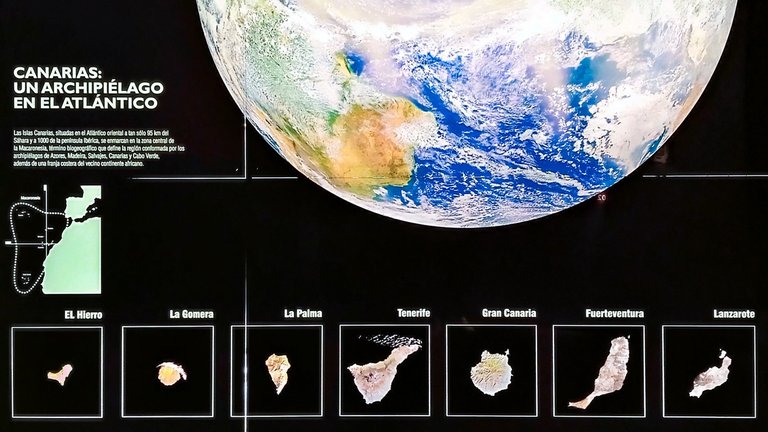
En este post, me gustaría compartir con ustedes un poco de "cultura popular" acerca de Canarias. Estas Islas se encuentran en el Océano Atlántico, frente a las costas de África, específicamente de Marruecos. Es por ello (y otros factores) que su cultura e incluso el acento de su gente es tan diferenciado del español peninsular. Sólo para que lo menciones en la próxima fiesta o reunión familiar que asistas, puedes ver en la imagen de arriba los nombres de las 7 principales islas: Tenerife, Gran Canaria, La Palma, La Gomera, El Hierro, Fuerteventura y Lanzarote. Existen otras pequeñas islas, la mayor de ellas podría ser tomada en cuenta como la octava isla: La Graciosa, ubicada justo arriba de Lanzarote.
In this post, I would like to share with you a bit of "popular culture" about the Canary Islands. These islands are located in the Atlantic Ocean, off the coast of Africa, specifically Morocco. It is for this reason (and other factors) that their culture and even the accent of their people is so different from mainland Spanish. Just so you mention it at the next party or family reunion you attend, you can see in the image above the names of the 7 main islands: Tenerife, Gran Canaria, La Palma, La Gomera, El Hierro, Fuerteventura and Lanzarote. There are other small islands, the largest of which could be taken into account as the eighth island: La Graciosa, located just above Lanzarote.
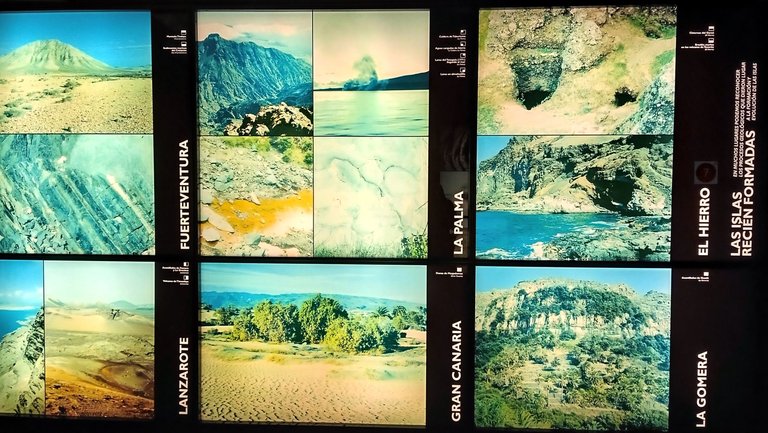
Vivo en Tenerife, la isla más grande y quizás una de las más variadas en cuanto a ambientes naturales. Desde el horizonte, la isla destaca por su gran montaña de más de 3000 metros de altura, el punto más alto de España y tercero de Europa, la cual es en realidad un volcán: El Teide. Su accidentado relieve hace que muchas calles de ciudades y pueblos sean empinados, lo cual me recuerda mucho a algunos sitios de Venezuela (Caracas, Mérida, Trujillo, etc.). Podría decirse que Tenerife y Gran Canaria son los dos islas más diversas en cuanto a ambientes, ambas tienen zonas forestales de clima templado, zonas más o menos desérticas, playas, y clima similar.
El resto de islas tienen más o menos un extremo u otro, y dicha diferencia se nota si miras el mapa de Oeste a Este. Al Oeste, las islas de La Gomera, El Hierro y La Palma, comparten características muy similares. Son islas con muchas zonas montañosas, bosques y un clima más húmedo. La Gomera es muy famosa por sus senderos montañosos. Por otro lado, al Este, las islas más cercanas a África poseen un ambiente más desértico, más similar al del continente cercano, justo en donde se ubica el Desierto del Sáhara. Furteventura y Lanzarote, son islas en donde predomina la arena y paisajes rojizos. Tenerife y Gran Canaria, se encuentran justo en medio de ambos extremos.
I live in Tenerife, the largest island and perhaps one of the most varied in terms of natural environments. From the horizon, the island stands out for its great mountain of more than 3000 meters high, the highest point in Spain and the third highest in Europe, which is the volcano: El Teide. Its rugged relief makes many streets of cities and towns steep, which reminds me a lot of some places in Venezuela (Caracas, Merida, Trujillo, etc.). It could be said that Tenerife and Gran Canaria are the two most diverse islands in terms of environments, both have temperate forest areas, more or less desert areas, beaches, and similar climates.
The rest of the islands have more or less one extreme or the other, and this difference is noticeable if you look at the map from west to east. To the west, the islands of La Gomera, El Hierro, and La Palma, share very similar characteristics. They are islands with many mountainous areas, forests, and a more humid climate. La Gomera is very famous for its mountainous trails. On the other hand, to the east, the islands closer to Africa have a more desert-like environment, more similar to that of the nearby continent, just where the Sahara Desert is located. Fuerteventura and Lanzarote are islands where sand and reddish landscapes predominate. Tenerife and Gran Canaria are right in the middle of both extremes.
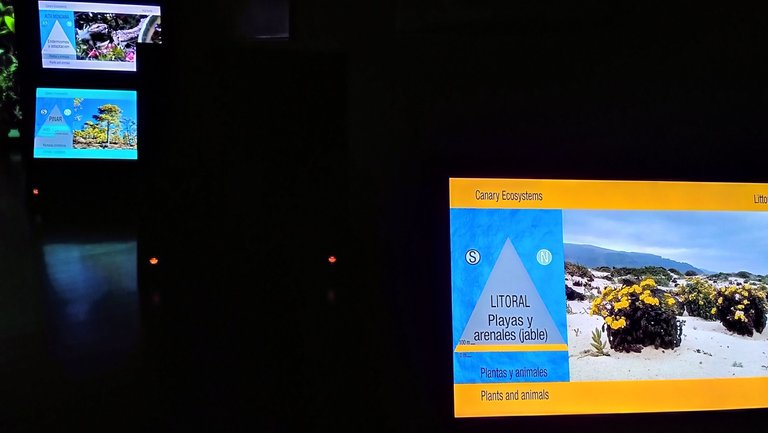
Desde niño me ha facinado la geografía y lso documentales de exploración de NatGeo y Discovery Channel. Las fotografías de este post fueron tomadas en el Museo de la Naturaleza y la Arqueología, durante mi visita el año pasado. Este museo es uno el cual seguramente me hubiera gustado mucho visitar de niño. Por cierto ¿Sabías que el nombre "Canarias" no proviene de las aves llamadas "canarias"? El nombre proviene de los romanos que visitaron a las islas siglos más atrás que la conquista española, los cuales supuestamete vieron perros (canes). Puedes ver los perros en el escudo de la bandera de canarias.
Es curioso también que Las Islas Canarias son la una de las pocas regiones del mundo que tiene su propia bandera como Emoji (🇮🇨). Las Islas Canarias forman parte del Reino de España. Su historia es muy similar a la de América Latina, fueron conquistadas y colonizadas por los Europeos hace más de medio milenio, luego de haber sido habitadas por tribus locales, llamados popularmente Guanches. Al momento de la llegada de los españoles a América, las Islas Canarias estaban a punto de ser totalmente controladas por los europeos, principalmente por los españoles, pero en menor medida por portugueses y franceses.
Since I was a kid I have been fascinated by geography and exploration documentaries from NatGeo and Discovery Channel. The photographs in this post were taken at the Museum of Nature and Archaeology, during my visit last year. This museum is one that I surely would have loved to visit as a kid. By the way Did you know that the name "Canarias" does not come from the birds called "canarias"? The name comes from the Romans who visited the islands centuries before the Spanish conquest, who supposedly saw perros (dogs) on the islands. You can see the dogs on the coat of arms of the flag of the Canary Islands.
It is also curious that The Canary Islands are one of the few regions in the world that has its own flag as Emoji (🇮🇨). The Canary Islands are part of the Kingdom of Spain. Their history is very similar to that of Latin America, they were conquered and colonized by Europeans more than half a millennium ago, after having been inhabited by local tribes, popularly called Guanches. At the time of the arrival of the Spanish in America, the Canary Islands were about to be totally controlled by Europeans, mainly by the Spanish, but to a lesser extent by the Portuguese and French.
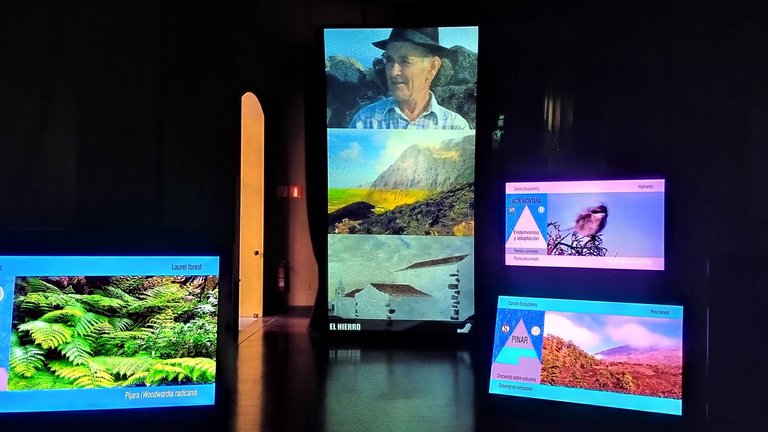
Por otro lado, la historia de Canarias está muy ligada a nuestra historia. Durante las guerras de independencia en Venezuela, existía una clara diferenciación entre los "blancos peninsulares" y los "isleños" para referirse a los españoles que participaban en alguno de los bandos. El mismo Francisco de Miranda provenía de una familia canaria. Con el tiempo, los lazos entre estas islas y América Latina se fueron estrechando aún más, cuando en tiempos de crisis, guerra y/o dictadura en España, miles de canarios emigraron, sobre todo, a Venezuela y Cuba.
¿Porqué digo que estas islas tienen mucha relación con nuestros países? Primero, basta con estar aquí por un día en algún núcleo urbano para darte cuenta de la enorme influencia latinoamericana que existe. Lo ves en algunos negocios, sobre todo de comida, y en el acento que escuchas de algunas personas. He escuchado casi todos los acentos latinoamericanos en la calle, excepto el chileno. Pero el premio mayor se lo llevan venezolanos y cubanos, y en tercer lugar, los argentinos, aunque creo que colombianos ya están muy cerca.
On the other hand, the history of the Canary Islands is closely linked to our history. During the independence wars in Venezuela, there was a clear differentiation between the "peninsular whites" and the "islanders" to refer to the Spaniards who participated in one of the sides. Francisco de Miranda](https://peakd.com/hive-187189/@acont/un-cafe-en-la-casa-de-miranda-a-coffee-at-francisco-de-mirandas-house-tenerife) himself came from a Canarian family. Over time, the ties between these islands and Latin America became even closer, when in times of crisis, war and/or dictatorship in Spain, thousands of Canary Islanders emigrated, especially to Venezuela and Cuba.
Why do I say that these islands are closely related to our countries? First, it is enough to be here for a day in an urban center to realize the enormous Latin American influence that exists. You see it in some businesses, especially food businesses, and in the accent you hear from some people. I have heard almost every Latin American accent on the street, except Chilean. But the top prize goes to Venezuelans and Cubans, and in third place, Argentines, although I think Colombians are already very close.
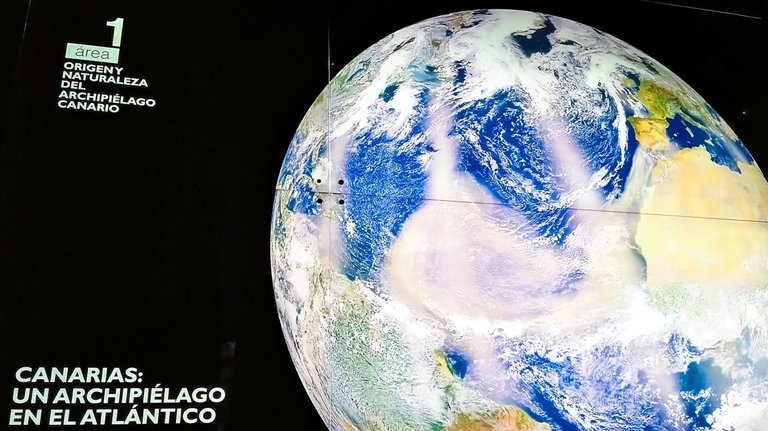
Una vez escuché a alguien decir en la calle que el acento cubano es el acento que tenían los habitantes de Gran Canaria hace 100 años. No sé si será cierto, pero al menos al parecer cada isla tuvo su propia historia de emigración. Todas en mayor o menor medida fueron emigrantes hacia Venezuela y Cuba, sobre todo Tenerife y Gran Canaria. Sin embargo, en algún lugar leí que los de La Palma emigraron mucho hacia Argentina, lo cual no sé si será cierto. En la actualidad, parece ser que quienes más están llegando a las islas no son ni de América ni de África, sino los italianos y otros europeos, quienes vienen a vivir.
I once heard someone say in the street that the Cuban accent is the accent that the inhabitants of Gran Canaria had 100 years ago. I don't know if it is true, but at least it seems that each island had its history of emigration. All to a greater or lesser extent were emigrants to Venezuela and Cuba, especially Tenerife and Gran Canaria. However, somewhere I read that people from La Palma emigrated a lot to Argentina, which I don't know if it is true. At present, it seems that those who are arriving to the islands are neither from America nor Africa, but Italians and other Europeans, who come to live.
Espero que hayas aprendido algo hoy acerca de las Canarias ¡Nos vemos en un próximo post donde seguimos Explorando Tenerife! ¡Hasta la próxima!🔥
See you in the next post where we will continue Exploring Tenerife!... See you next time!
Translated to English language with the help of DeepL.com
Fotografías de autoría propia / Own photos (Redmi 9C)
Otras redes sociales:
 |
 |
 |
F1 & motorsports: @acontmotor
Expresión Creativa. Literatura | Entretenimiento | Arte: @acontblog
| ¡Gracias por visitar! — ¡Thanks for visiting!  |